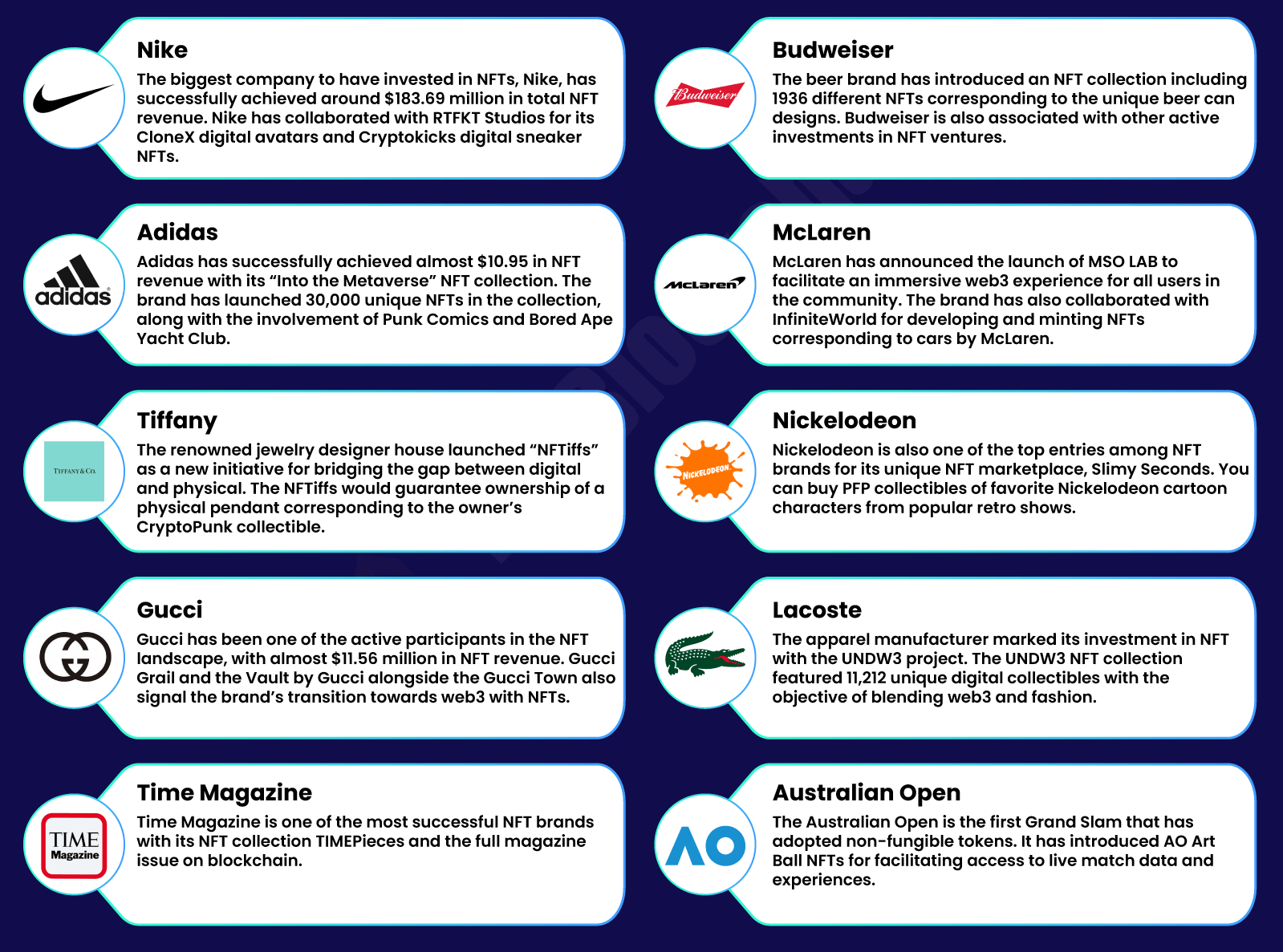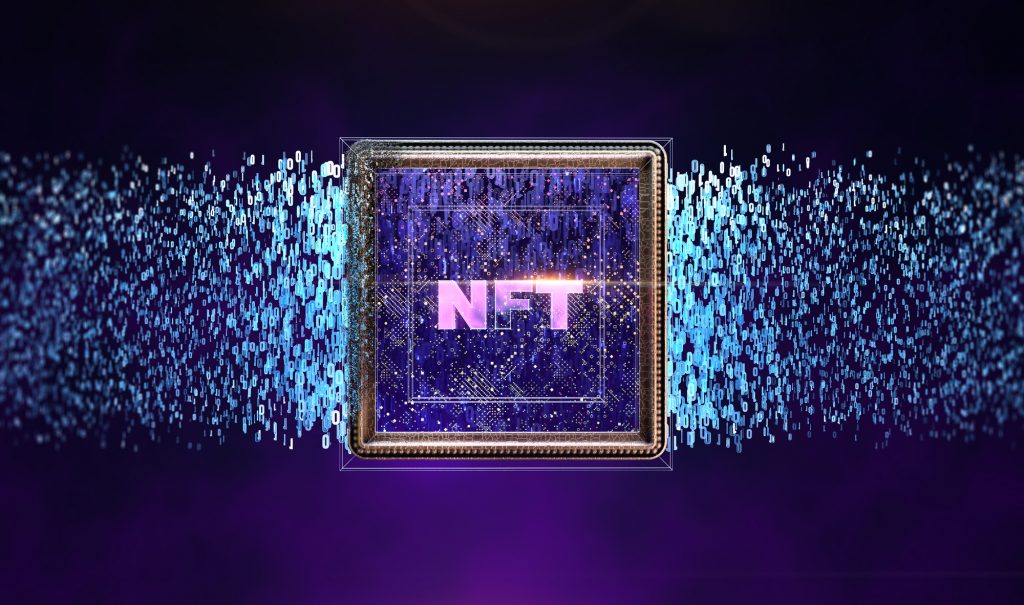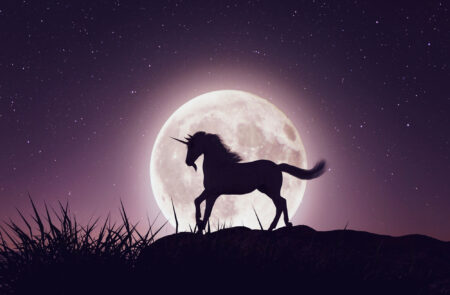Since 2019, the ability to create unique non-fungible tokens (NFTs) on Ethereum has existed. Creating unique tokens and limited series has become much easier over time. This has led to an unstoppable trend in the digital art industry. But what are NFTs?
Although the original concept for non-fungible tokens (NFTs) dates back to 2015, it wasn't until 2017 when the first projects appeared on the Ethereum Blockchain. Over the next two years, more NFT standards were developed and used. With these expanded token standards, it became possible to assign individual metadata to tokens. This enabled various new applications, not only for digital artworks.
NFTs are fundamentally not divisible
One of the main differences between fungible Cryptocurrencies and non-fungible tokens is that each NFT is complete and non-divisible. The specific NFT is not replaceable, but can be transferred directly through a transaction. The holder is entitled to the deposited asset, identity, right and/or benefit associated with it.
Non-fungible tokens can be used for myriad purposes. However, as with ICOs, all that glitters is not gold. The recording of rights in the smart contract is as permanent as the underlying Blockchain. Depending on the type of NFT, the location of the metadata storage is important to the permanence of the work or object.
The unique (numbered) token can be used as a login, voucher or ticket. But it also enables living artwork, digital provenance, and, if desired, a perpetual link between the artist and the owner of the art. To ensure creators are properly credited, tokens can be programmed to return value shares to the creator with each sale.
Driving the next generation of commerce
The NFT scene can build on the hard-earned achievements of its Crypto predecessors, and can drive the next generation of decentralized commerce. Using NFTs to eliminate e-commerce, middlemen will create a new era of peer-to-peer commerce. This revolutionary innovation puts power back into the hands of consumers.
Decentralized commerce allows retailers and niche businesses to regain a foothold amidst the increasing dominance of e-commerce giants. At the same time, commerce is democratized and de-monopolized as consumers follow suit.
Entry into the decentralized Web3 is just a wallet generation away. Diverse smartphone apps and web-based Apps enable rapid access. Creative people are realizing dreams, creating art, or finding an expanded sales channel in limited digital assets.
Various NFT Segments
Minting platforms allow users to easily create a digital collectible. Simple works usually do not require programming skills. The use of the platform is often rewarded in the process, which has been implemented in an interesting way at Rarible, for example. The digital collectibles are combined with yield farming / liquidity mining. Users are rewarded for using the platform with governance tokens, and virtually participate in the success of the project.
The diverse possibilities of digital singles can be divided into rough segments.
Art
The token can function as a digital artwork, or directly relate to an art form, whether they are created manually or generatively. The ease of duplication traditionally made it nearly impossible to assign provenance and value to the digital medium. The advent of non-fungible tokens (NFTs) and Blockchain technology has enabled collectors and artists alike to verify the rightful ownership and authenticity of digital artworks.
Christie's was the first major auction house to auction a purely digital work with a unique NFT. In doing so, they recognize NFTs as a guarantee of authenticity. The Cryptocurrency Ether (ETH) is accepted as payment for the artwork.
Tokenization of real assets
Similarly, the ownership of real art can be tokenized. The owners of such tokens share the right to the value of the object. When the value increases, through sale or appraisal, the value of the tokens will increase accordingly. Tokenization and partial ownership can overcome the disadvantages of illiquid assets and enjoy greater liquidity. A Bolivian cattle ranching project offers a practical example. With the so-called Finka token, an investor gains a stake in the production and its yield.
Collectibles
Have you ever bought limited edition sneakers or records? Or did you have to buy the coveted item from the middleman afterwards at ten times the issue price?
These middlemen conquered the market, not the creators. The price goes up because the supply is limited, but the demand is huge. The profit flows into the pockets of the middlemen, while the creators can only watch.
With NFTs, this market can be built by the creator and the middleman is eliminated. Through a Smart Contract, the artist or producer can collect a share of the sales price with each subsequent sale. With such rules laid down in the Smart Contract, the creator can participate in the further success of his works.
Loyalty & Advertising
NFTs can fundamentally transform loyalty and promotional programs by providing customers with unique and personalized experiences. By creating NFTs that represent loyalty points or rewards, companies can incentivize customers to participate in their programs and engage with their brand in more meaningful ways. In addition, NFTs can be used as a form of advertising by creating limited-edition NFTs that feature brand collaborations or exclusive content. These opportunities are already being used by the biggest brand names in the world.

Games
NFTs also have significant potential in the gaming industry as they allow players to own and trade assets in-game in a secure and transparent manner. This creates new opportunities for game developers and players to monetize their gaming experience and establish a more robust economy within the game. In addition, NFTs can be used to enhance the player experience by providing unique and personalized rewards for achievements or milestones. For example, players can earn NFTs that represent their progress in the game or unlock rare NFTs when they complete challenging tasks.
NFTs also enable cross-game interoperability, meaning players can use their NFTs in multiple games or trade them on external marketplaces. This opens up a new way for users to engage with the games they love, while creating a new revenue stream for developers.
Metaverse
Metaverses are parallel, digital universes that offer users a range of unique experiences. These virtual worlds are accessible via a computer, a virtual reality headset or even a smartphone. Comparable to the experiences offered by the virtual world "Second Life" or conveyed by the movie "Ready Player One."
Metaverses, specifically Cryptovoxels and The Sandbox, offer a variety of supported assets (NFT) to the market. Among them are names, wearables, and various objects, which are circulated in the form of Ethereum tokens. Most metaverses have ended their pre-sales and properties are now for sale only on the secondary market. The more established metaverses can therefore focus on building their worlds and in-game experiences.
Sports & Fan Tokens
Sports projects are in the unusual position of being built around assets. They feature personalities from the world of sports, usually in conjunction with real players. Teams from Formula 1, football clubs, basketball teams and so on can be used to implement interesting models. This extends the connection between fan, club and player/driver.
.@TyHaliburton22 is a believer in NBA Top Shot 💯 pic.twitter.com/dZqhHHqM1O
— NBA Top Shot (@NBATopShot) March 8, 2021
For example, one project is trying to merge football images with Blockchain technology. Since its launch in May 2020, the platform has seen steady growth. They purchase image rights for players from football clubs and then sell the "Blockchain card" via non-fungible tokens (NFTs) via online auction. The growth of traded images on the Blockchain comes from a growing community and new club licenses.
Music
NFTs enable artists to monetize their work and connect with their fans in new and innovative ways. By creating NFTs that represent digital assets such as music, artwork, or merchandise, artists can offer a unique and personalized experience to their fans while creating a new revenue stream.
NFTs also provide artists with a secure and transparent way to prove ownership of their work and track its value over time, allowing them to maintain more control over their creative output. In addition, NFTs can be used to create limited experiences, such as exclusive access to concerts, meet-and-greets, or other special events.
Utility (Utility)
Utility tokens can be digital vouchers that represent access to a product or service. Alternatively, the holder receives special offers that could not be accessed at all without NFT. Utility token holders do not hold ownership of the company behind them in any form. Instead, their value depends on demand for the product or service they represent.
The utility of a token can also be used in decentralized autonomous organizations (DAOs) to control the business. Each token then represents a voice in the virtual governance of the project. Owners accumulate tokens to influence public votes in their favour, or at least in their favour. Depending on the project, directional decisions can bring high volatility in value. Not all utility tokens rely on the uniqueness of the units.
Blockchain domains
Simplifying processes and preserving autonomy is the goal of Blockchain domains. The Ethereum Name System (ENS) allows websites to build their services in a decentralised manner, on the Ethereum Blockchain and register a .eth address. Such websites are not subject to any controls and do not need ICANN (DNS) or ENS approval to get started. Another big player is Unstoppable Domains. They are responsible for both the .zil and .Crypto domain name systems. The San Francisco-based company cites the "tribalism" of much of the Crypto community as a major obstacle to mass adoption.
Chinese retailer Alibaba plans to launch a domain name management system on its own Blockchain. The identifier in such a network will have a readable name that will allow the domain to be remembered. Alibaba will implement it in its own intellectual property system to facilitate the infringement complaint process.
Storage
Blockchains are really poor and costly at storing large amounts of data. This limitation can be circumvented with the InterPlanetary File System (IPFS). IPFS hashes are currently 46 bytes in size. The size and quality of the image, thus outsourced, has no impact on the minting fees on the Blockchain. For example, the data is uploaded to IPFS and only the corresponding hash is stored on Ethereum.
IPFS is good at storing data in a tamper-proof way, but there is no way to prove when the data was added to the network. When we combine Ethereum and IPFS, we get the ability to timestamp all data - no matter how big it is. The IPFS hashes can be requested in a decentralized manner and more and more browsers support the Cloudflare IPFS gateway natively.
Collective hard drive
Arweave is taking another approach. The Economically Sustainable Information Preservation protocol promises to store data forever for users and developers. As with the traditional Web, potential misuse is a serious concern. In contrast, the permaweb has tools for democratic moderation of its content built into the core of the protocol.
Control of the new web is placed in the hands of the users, rsp. node operators. The Arweave founding team is working with the Internet Watch Foundation. Network maintainers are being trained to protect their systems and the permaweb from abusive material. The permaweb is also currently in its infancy.




